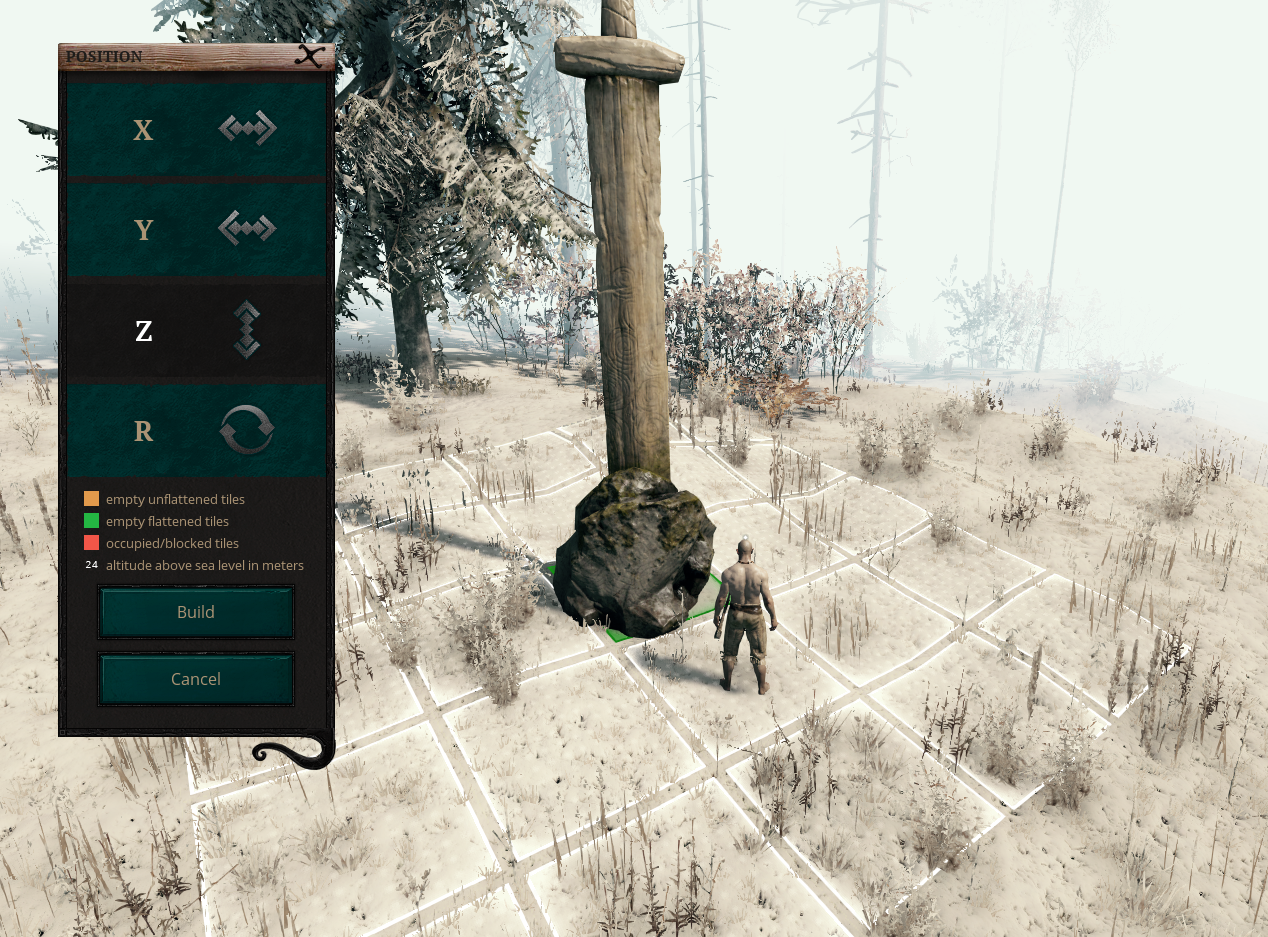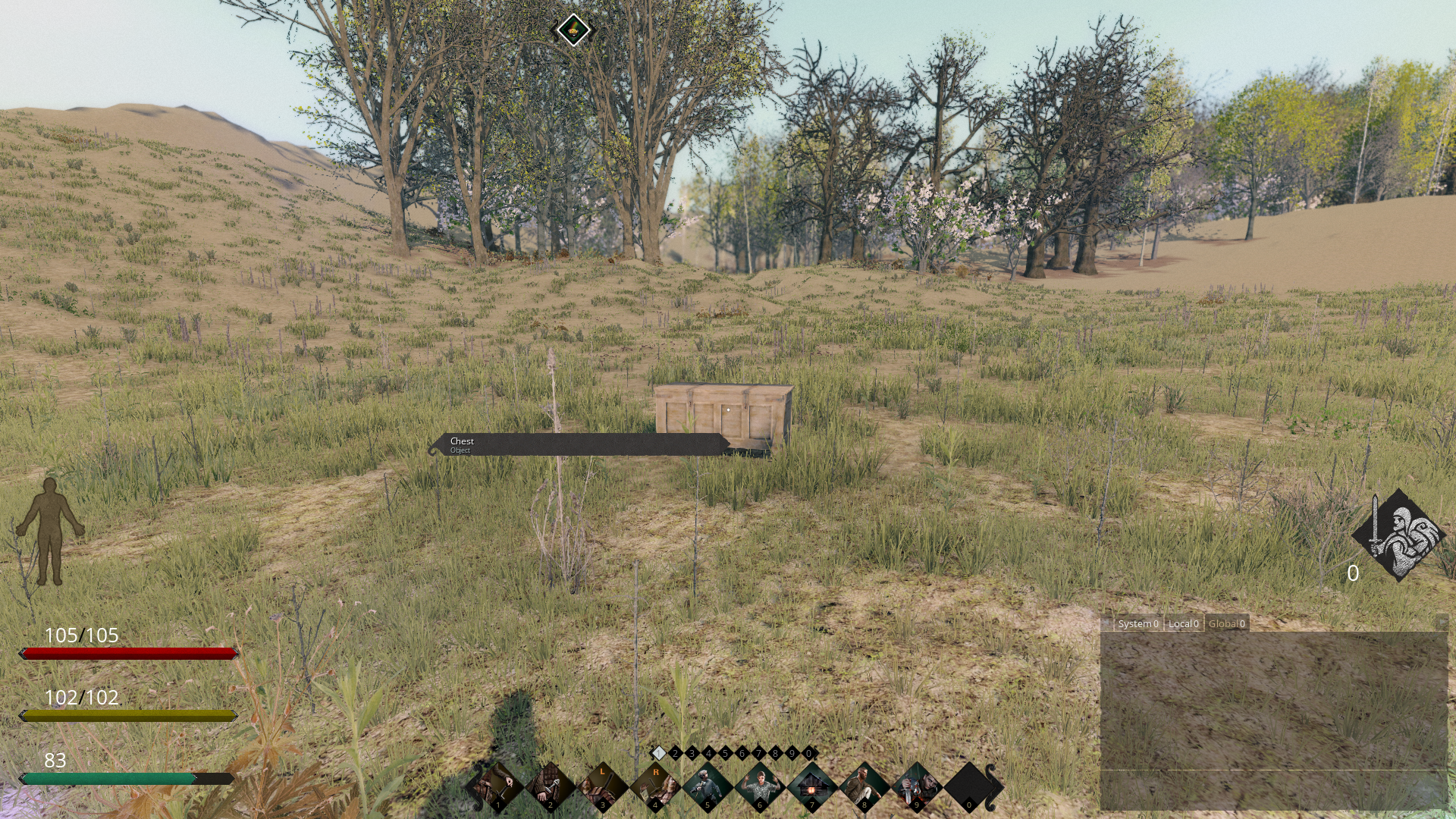


Some have taken the feudalism analogy further, seeing feudalism (or traces of it) in places as diverse as China during the Spring and Autumn period (771-476 BCE), ancient Egypt, the Parthian Empire, the Indian subcontinent and the Antebellum and Jim Crow American South. Outside its European context, the concept of feudalism is often used by analogy, most often in discussions of feudal Japan under the shoguns, and sometimes in discussions of the Zagwe dynasty in medieval Ethiopia, which had some feudal characteristics (sometimes called "semifeudal"). The adjective feudal was in use by at least 1405, and the noun feudalism, now often employed in a political and propagandistic context, was coined by 1771, paralleling the French féodalité ( feudality).Īccording to a classic definition by François-Louis Ganshof (1944), feudalism describes a set of reciprocal legal and military obligations which existed among the warrior nobility and revolved around the three key concepts of lords, vassals and fiefs, though Ganshof himself noted that his treatment was only related to the "narrow, technical, legal sense of the word".Ī broader definition, as described in Marc Bloch's Feudal Society (1939), includes not only the obligations of the warrior nobility but the obligations of all three estates of the realm: the nobility, the clergy, and those who lived off their labor, most directly the peasantry which was bound by a system of manorialism this order is often referred to as a "feudal society", echoing Bloch's usage. There is no commonly accepted modern definition of feudalism, at least among scholars.

Brown's "The Tyranny of a Construct" (1974) and Susan Reynolds's Fiefs and Vassals (1994), there has been ongoing inconclusive discussion among medieval historians as to whether feudalism is a useful construct for understanding medieval society. Ī broader definition of feudalism, as described by Marc Bloch (1939), includes not only the obligations of the warrior nobility but the obligations of all three estates of the realm: the nobility, the clergy, and the peasantry, all of whom were bound by a system of manorialism this is sometimes referred to as a "feudal society". The classic definition, by François-Louis Ganshof (1944), describes a set of reciprocal legal and military obligations which existed among the warrior nobility and revolved around the three key concepts of lords, vassals, and fiefs. Broadly defined, it was a way of structuring society around relationships that were derived from the holding of land in exchange for service or labor.Īlthough it is derived from the Latin word feodum or feudum (fief), which was used during the Medieval period, the term feudalism and the system which it describes were not conceived of as a formal political system by the people who lived during the Middle Ages. A Medieval castle is a traditional symbol of a feudal society.įeudalism, also known as the feudal system, was the combination of the legal, economic, military, and cultural customs that flourished in Medieval Europe between the 9th and 15th centuries.


 0 kommentar(er)
0 kommentar(er)
